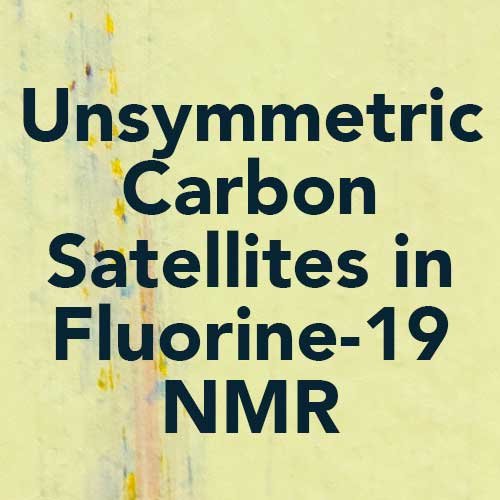Welcome to Nanalysis’ benchtop NMR Blog
We love benchtop NMR! In this blog section, you will find all things benchtop NMR. Please contact us if you would like to discuss about your project.
Category
NMR Topics
- 100 MHz NMR
- 11B NMR
- 13C NMR
- 19F NMR
- 19F NMR Spectroscopy
- 31P NMR
- 3H NMR
- Agrochemicals
- Applications
- Batteries
- Biopolymers
- Botanicals
- COSY
- CPMG
- Cannabis
- Chemical Analysis
- Cosmetics
- DEPT
- Dithiazine
- Drug Analysis
- Dyes
- Edible Oils
- Educational NMR
- Energy
- Exchangeable Protons
- Exchangeable protons
- Flavor and Fragrances
- Flow NMR
- Fluorine-19 NMR
- Food Science
- Food and Beverage
- Forensics
- Forestry
- HMBC
- HSQC
- Hands-on Learning
- Hydrogen sulfide
- Hydroxyl value
- Hyphenated NMR
- Illicit Drugs
- Industrial Applications
- Inorganic Chemistry
- Interpretation of NMR
- Interpretation of NMR Spectra
- Inversion-Recovery
- Keto-Enol Tautomerism
- LF vs. HF NMR
- Lignin Analysis
- Literature
- Literature using Nanalysis benchtop NMR
19F Benchtop NMR Spectroscopy for Rapid Hydroxyl Value Determination in Polymers
When analyzing polymers using nuclear magnetic resonance (NMR) spectroscopy, well-defined end-groups (e.g., methoxy, acrylate, vinyl) are typically desired, as these allow for a direct comparison between these end-groups and the repeating monomeric units. This provides a path for rapid and facile determination of the number of repeating units in a polymer, as well as its number-average molecular weight (Mn). Read more.
19F Benchtop NMR Spectroscopy for Rapid Hydroxyl Value Determination in Polymers
When analyzing polymers using nuclear magnetic resonance (NMR) spectroscopy, well-defined end-groups (e.g., methoxy, acrylate, vinyl) are typically desired, as these allow for a direct comparison between these end-groups and the repeating monomeric units. This provides a path for rapid and facile determination of the number of repeating units in a polymer, as well as its number-average molecular weight (Mn). Read more.
Unsymmetric Carbon Satellites in Fluorine-19 NMR
In the 19F NMR spectrum of DCBTF, we can observe the singlet resonance of the trifluoromethyl fragment at δ = −63.07 ppm. While it might not jump into your eye at first glance, please note that the carbon satellites are not centered at the "main signal", which is what we are used to from 1H NMR spectra. Read more
Unsymmetric Carbon Satellites in Fluorine-19 NMR
In the 19F NMR spectrum of DCBTF, we can observe the singlet resonance of the trifluoromethyl fragment at δ = −63.07 ppm. While it might not jump into your eye at first glance, please note that the carbon satellites are not centered at the "main signal", which is what we are used to from 1H NMR spectra. Read more
Unsymmetric Carbon Satellites in Fluorine-19 NMR
In the 19F NMR spectrum of DCBTF, we can observe the singlet resonance of the trifluoromethyl fragment at δ = −63.07 ppm. While it might not jump into your eye at first glance, please note that the carbon satellites are not centered at the "main signal", which is what we are used to from 1H NMR spectra. Read more





